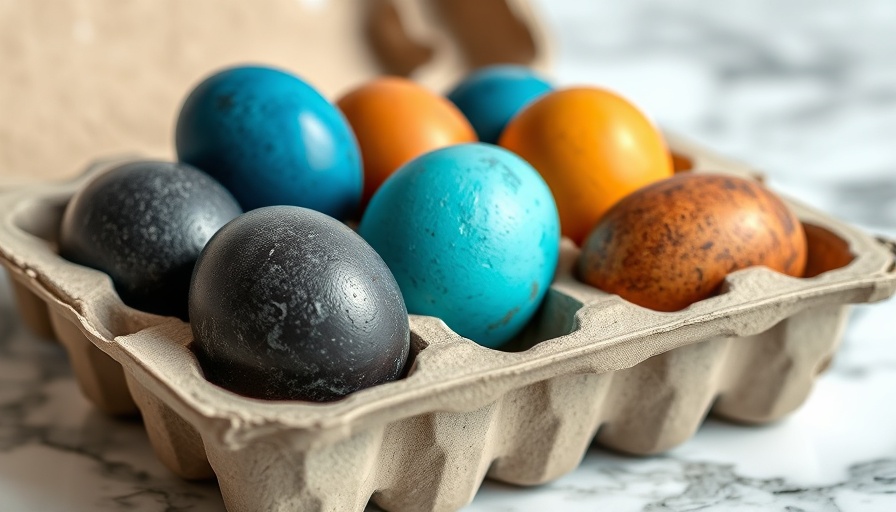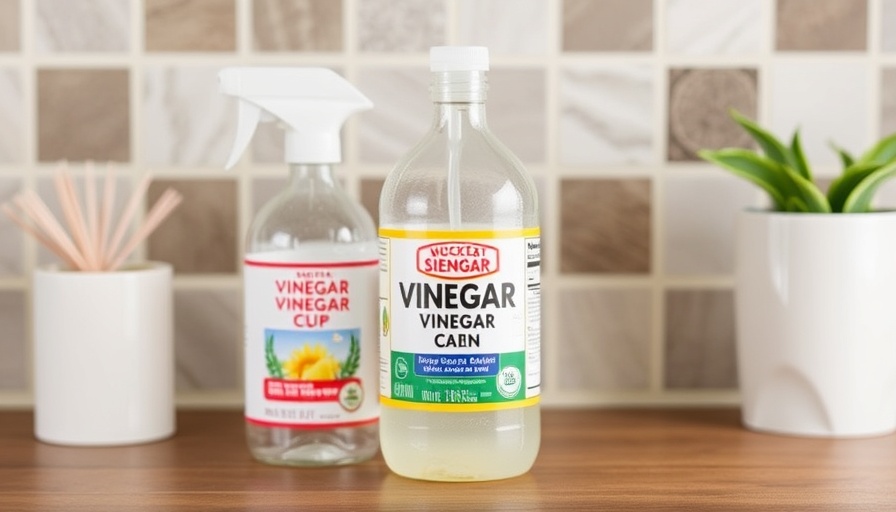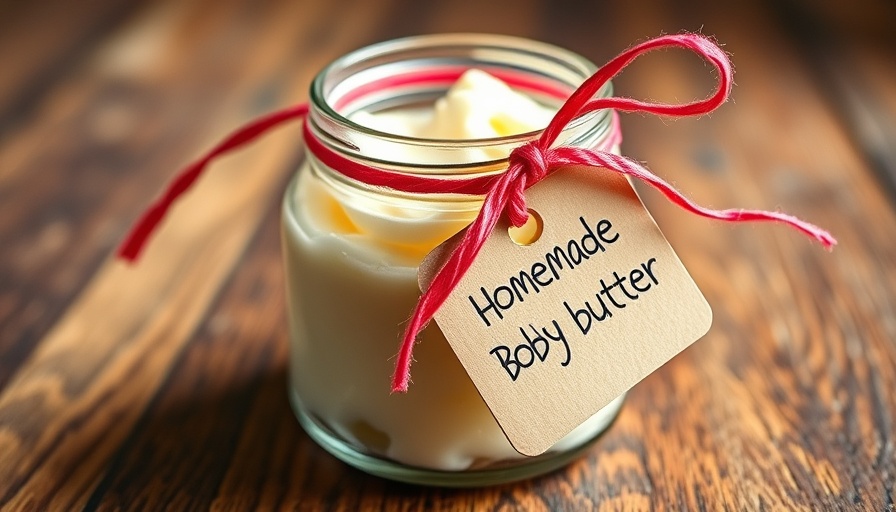
Embrace the Art of Naturally Dyed Easter Eggs
As Easter approaches, many families prepare for the cherished tradition of dyeing eggs; however, the conventional methods often involve synthetic dyes and ingredients that can be harmful. What if we could bring back the vibrant colors of Easter without the concerns that come along with artificial additives? By embracing natural alternatives, parents can take a stand against the over-commercialization of holidays and cultivate healthier habits for their children.
Why Choose Natural Dyes?
Our society tends to associate celebrations with indulgences—think Halloween candy, Valentine's chocolate, and, of course, sugary treats during Easter. The issue? This leads children to develop a preference for unhealthy foods, diluting the essence of special occasions. Thankfully, by turning to natural dyes, we can help our kids create lasting memories without exposing them to potentially harmful chemicals.
Simple Yet Effective Natural Dyes from Your Kitchen
There’s a treasure trove of natural colorants hidden in your own kitchen! Fruits, vegetables, and even spices can be transformed into stunning dyes. Here’s how to make the most of what you have:
- Blue: For a cool blue, simply add a cup of boiled purple cabbage to the water while cooking your eggs.
- Purple: A cup of blueberries yields a beautifully deep hue. The results are not just striking—it's also a fun learning experience for kids!
- Brown: Onion skins are incredibly effective for a warm golden brown, or you can use spinach leaves for a yellowish-brown effect.
- Green: A tablespoon of spirulina adds vibrant green shades, not only for aesthetics but also for the health benefits associated with this superfood.
Store-Bought Options: Convenient and Safe
If you’re short on time, there are also natural dye kits available in stores. These products typically use concentrated plant-based dyes and are a fantastic option if you're looking to bypass the DIY approach. Mixing store-bought natural dyes with vinegar and water is all you need to create a stunning array of colors that keep things simple yet enjoyable.
Connecting Tradition with Health
Incorporating these wholesome practices helps link celebration with health, teaching children that joy doesn’t have to come from processed foods. Instead of focusing on the candy-filled bunny baskets, let’s shift the narrative. By choosing to dye Easter eggs with natural materials, we set examples of thoughtful traditions that honor our bodies and well-being.
Fostering Long-Term Healthy Habits
Engaging kids in the process of dyeing eggs naturally can lead to valuable lessons about food sources and health. As they learn to recognize where colors originate from—be it beets, turmeric, or spinach—they gain a greater appreciation for whole, nutritious foods. These memories can sow the seeds for a lifetime of healthy eating
Let’s Get Creative!
Encourage creativity by allowing your child to mix colors and see what shades result from their experiments—an enjoyable combination of art and science! This also provides opportunities for discussions about nutrition, health, and the importance of being aware of what we consume.
Time to Egg-cite Your Easter!
As you prepare for your Easter celebrations, consider transitioning to natural dye methods, benefitting both your family’s health and the environment. By doing so, you’re not only maintaining traditions but also reinforcing the values of holistic living. After all, meaningful connections with food can lead to deeper connections with those we love. Let’s choose healthier practices that impart life lessons while creating beautiful Easter eggs altogether!
This Easter, tap into your creativity and make this a truly memorable experience for your family—one that future generations will remember fondly (and perhaps adopt!). Start with natural dyes and watch as the colorful magic unfolds. Happy dyeing!
 Add Row
Add Row  Add
Add 




Write A Comment